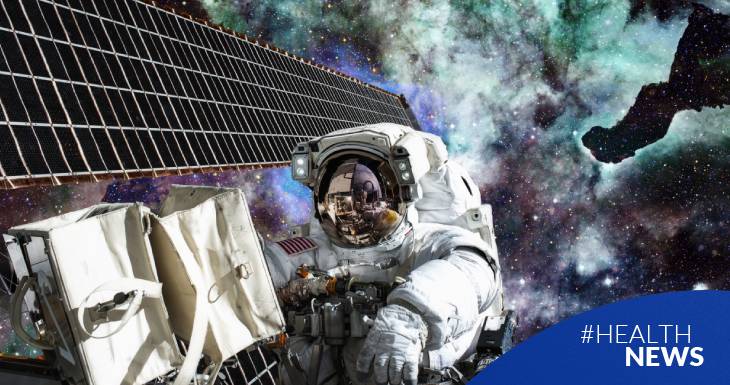Before being sent into space, each space station crew member undergoes a rigorous medical examination and a period of isolation before departure. And also receives 40 hours of medical training on how to deal with unexpected health situations in an environment as hostile as the space station.
With such training, they are able to – during their six-month stay in orbit – treat common health problems. In addition to first aid courses, they also learn how to close a wound with stitches, give an injection, and even extract a tooth.
The first aid kit on the ISS (International Space Station) is basic:
To carry out this function they have the most varied resources, from a basic book on medical pathology to a defibrillator, through a perfectly equipped first aid kit or portable ultrasound equipment. With the latter they can send images to Earth to be interpreted by radiodiagnosis experts.
How radiology works in these cases:
Ultrasound machines are the only imaging technology available in space and are used on the International Space Station (ISS) for diagnostic purposes. "Surgery in space is not feasible, so the only technique we have to treat patients is interventional radiology," said Professor Vincent Vidal, who has developed a medical imaging "toolbox" called "Mars IR Tool Box" (Mitbo). A challenge ahead is to also use it to treat urinary retention, gallstones or drainage of pus from an abscess due to appendicitis. And that through devices under ultrasound guidance, the body can be entered with probes, drains and catheters.
Emergency Procedures:
When a serious medical emergency occurs, the ISS team is prepared to act quickly and effectively. The affected astronaut, along with the mission control team on Earth, follows a specific protocol that includes:
- Isolate the patient to prevent the spread of disease and ensure the safety of the crew.
- Perform a remote medical evaluation with the help of a doctor on Earth, who provides treatment guidance.
- Use medical equipment available on the ISS, including essential supplies and medications.
- In extreme cases, consider evacuating the astronaut to Earth. This involves careful planning and coordination with return vehicles to Earth.
The ISS is an international collaborative project, and in cases of serious medical emergencies, the experience and resources of NASA, the European Space Agency (ESA), the Russian Space Agency (Roscosmos) and other agencies are called to address health emergency situations.
NASA is also planning to turn robots into space surgeons:
The MIRA system has been under development for some time. It is a surgical system that weighs less than a kilo and can be installed in any operating room, including a spacecraft. It is intended that with this system an expert surgeon could perform, if necessary, a small surgery on an astronaut from Earth.
Robonaut 2 is already on board the ISS and its objective is to develop basic medical functions that can be controlled from Earth. The idea is that in the future it can perform complicated surgeries, but this is something that is still very far away.
Transforming robots into space surgeons represents an exciting advance in space healthcare. With this technology, NASA and other space agencies can ensure that astronauts have access to quality medical care during long-duration missions in deep space.
The combination of human and robotic skills promises to pave the way for future space exploration and the safe completion of increasingly ambitious missions.


